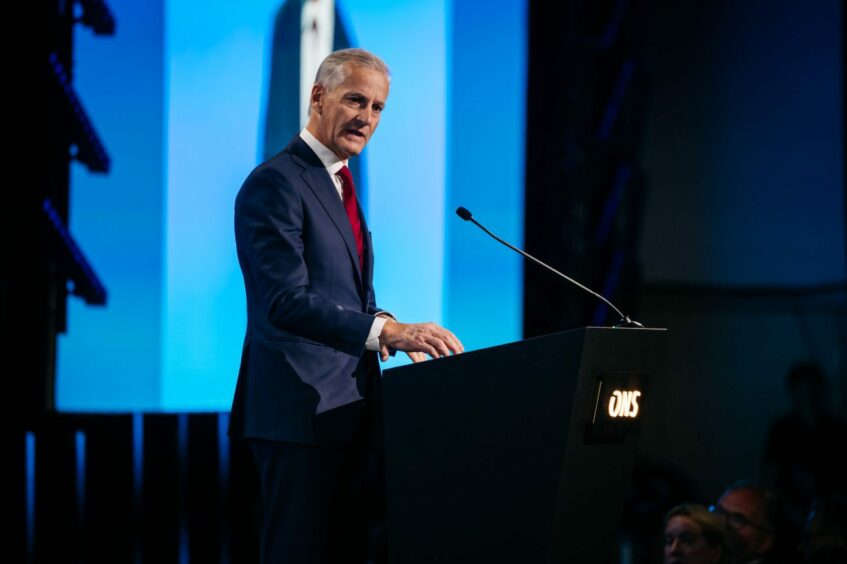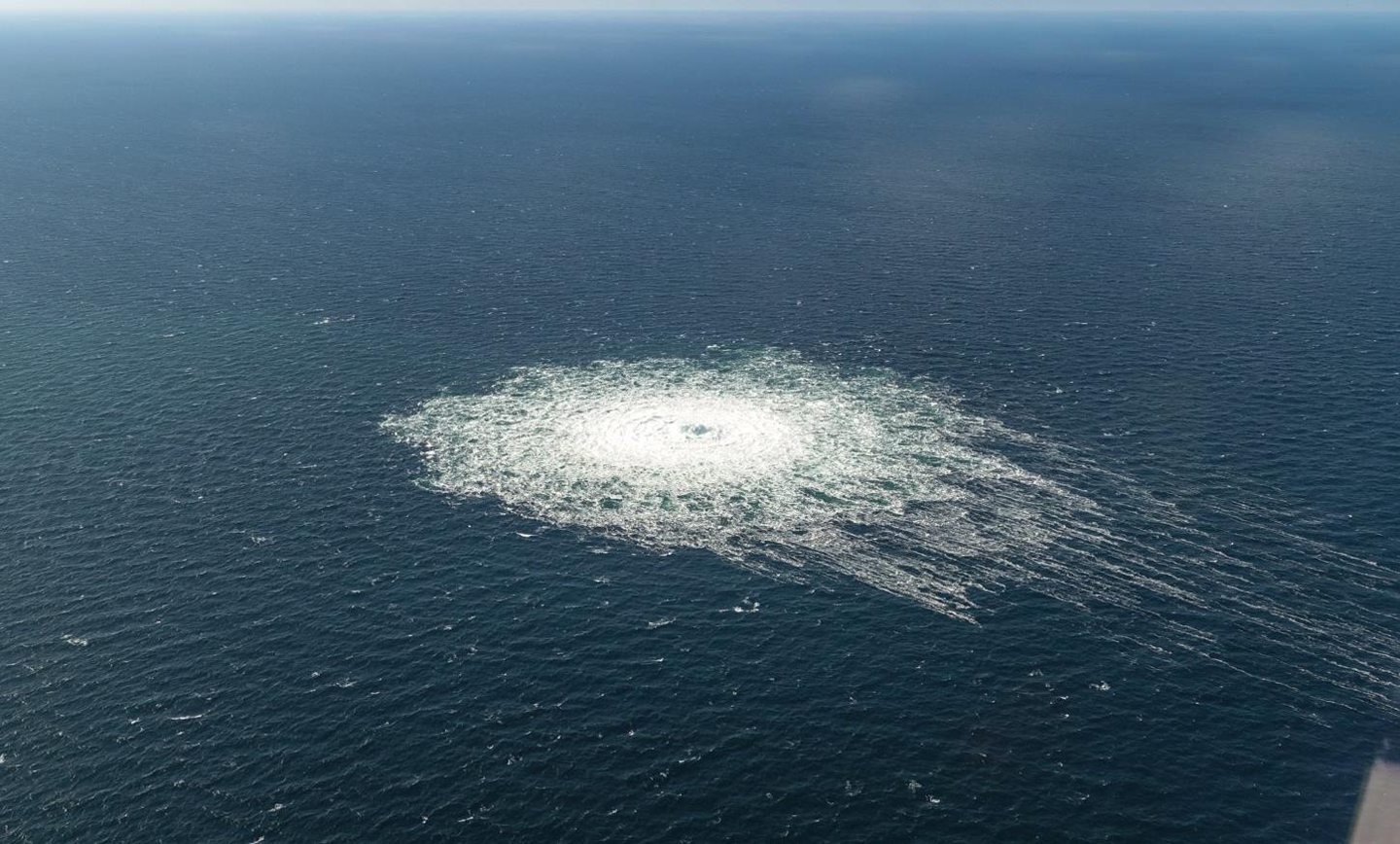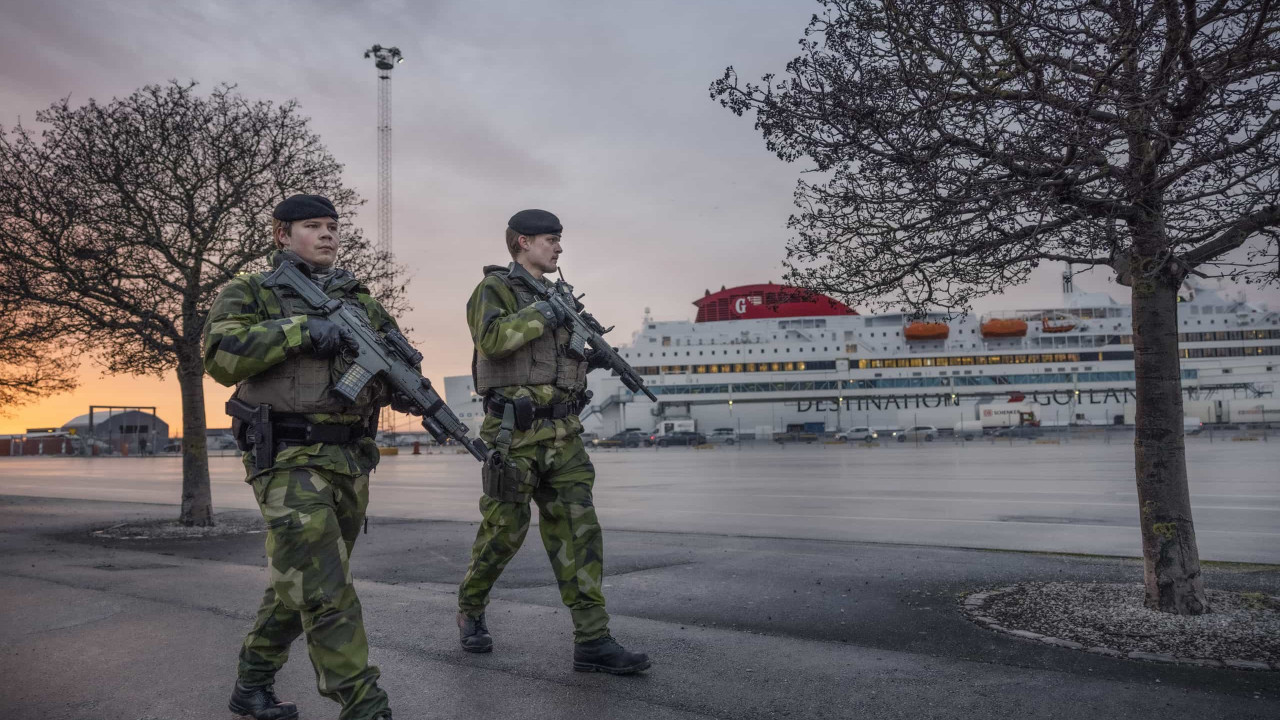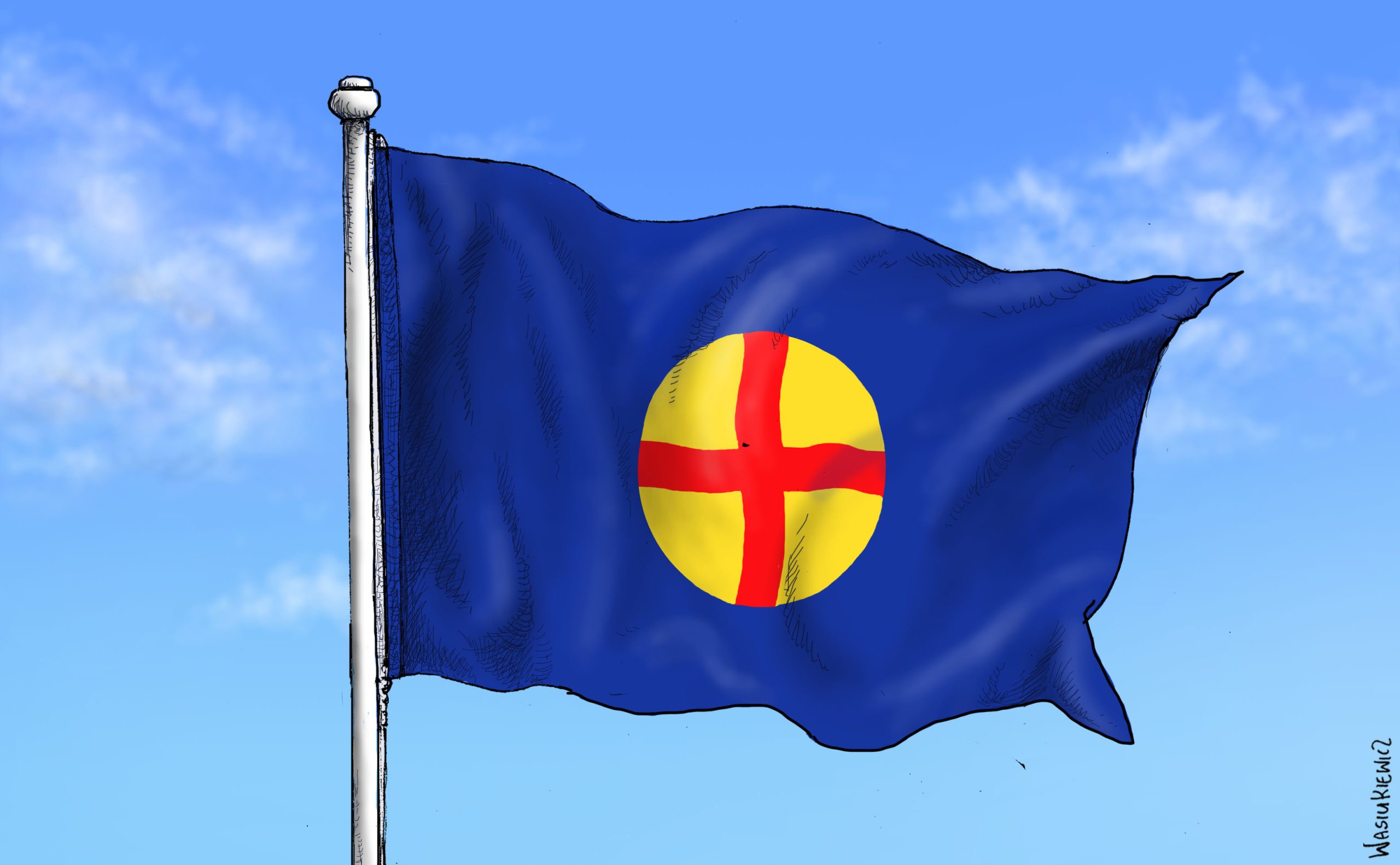With Nord Stream AG, the consortium led by Russia’s Gazprom that completed the “first data collection” on the alleged pipeline sabotage in the Baltic Sea, we have compiled a timeline of events surrounding the key pipeline leaks.
Over the course of that year, Nord Stream has been at the center of some controversy with maintenance work, a cut in supply and then the leaks leading nations to point fingers and claim sabotage.
Russia throttles Nord Stream supply
The Nord Stream, the largest pipeline to Europe, was closed for 10 days in July after a maintenance period. After completing these works, Russia resumed gas supplies on Thursday, 21st.
Five days later, the Russian company Gazprom began “severely reducing gas flow to Germany” to about 20% of the pipeline’s capacity.
At the time, Gazprom said maintenance issues with a turbine that helps pump gas into the compound were behind the curbs.
A month later, reports emerged that Europe was bracing for power outages through the winter when Russia closed the pipeline again, this time for three days.
This raised fears that Russia might find more reasons to halt supplies to the Nord Stream pipeline.
Gazprom has informed French utility Engie that supplies will be suspended on Thursday, September 1, due to a disagreement over payments.
The first leak – September 26th
Invoice of F-16 af gaslækage i Østersøen. https://t.co/OgCDfcvTjG pic.twitter.com/D5wsoXvuda
— Forsvaret (@forsvaretdk) September 27, 2022
After Gazprom halted its gas supplies to the Nord Stream 25 days later, on September 26, it was reported that the pipeline had multiple leaks.
Nord Stream 1 and 2 suffered multiple leaks simultaneously, releasing gas into the environment.
Nord Stream 2 said it registered a pressure drop in Line A overnight. It informed the authorities of Germany, Denmark, Sweden, Finland and Russia, it said in a statement to Russian news agencies.
The Danish press reported about explosions at the time, citing evidence from seismic stations in Sweden and Denmark.
As a result, the Danish Maritime Authority established a restricted zone within a radius of five nautical miles around the pipeline.
The Danish military used a frigate, the Absalon, an oil spill ship, the Gunnar Thorson, and a helicopter to inspect the scene this morning.
More leaks – September 29th
More breaks were found three days after the first reported leaks on the Nord Stream 1 and 2 gas pipelines.
The total number of leaks rose to four, according to the Swedish Coast Guard’s command center.
sabotage
The next day, Energy Voice reported that there was already talk of a sabotage of the Nord Stream.
Danish Prime Minister Mette Frederiksen told Danish newspaper Politiken: “It’s hard to imagine that it was a coincidence. We cannot rule out sabotage, but it is too early to draw any conclusions.”
At the time, the Kremlin expressed concern that Dmitry Peskov called the leaks “disturbing news” and “a completely unprecedented situation that needs urgent investigation,” according to Russia’s TASS agency.
The director of the Center for Energy and Climate, Marc-Antoine Eyl-Mazzega, also ruled out an accident.
He described the pipelines as a “sunk-cost investment”. Nord Stream 2 would never have become operational given the Russian invasion of Ukraine, Eyl-Mazzega said.
The Swedish public prosecutor’s office responsible for leaks closed the Baltic Sea area around the gas pipeline under “suspicion of gross sabotage”.
A Swedish submarine rescue vessel, capable of advanced diving missions, and a Swedish Coast Guard vessel were dispatched to the leaks at the time.
Swedish investigators concluded that the breaches were caused by detonations, which indicated a deliberate act of sabotage.
Supporting these findings, Danish police reported that “crime scene” investigations concluded that explosions were the cause of “significant damage” to the Nord Stream 1 and 2 gas pipelines in the Baltic Sea.
Preliminary results from the damage site inspection indicated that these craters ranged in depth from 9.84 feet to 16.4 feet.
They were found on the seabed 250 meters apart and the section of the Nord Stream pipeline between the craters was destroyed.
Leaks stop when blame starts
On October 3, the Danish Energy Agency reported that the leaks had stopped.
However, at that time nations began to squabble over who was responsible for the sabotage of Europe’s largest gas pipeline.
The US and Russia have accused each other of being behind the attacks, and the Kremlin has called for a Security Council meeting to discuss the events.
The Kremlin and the White House
US LNG exporters would celebrate the pipelines’ destruction, Russia’s Dmitry Polyanskiy told the council, while President Joe Biden threatened Nord Stream in February.
US Representative Richard Mills said Russia was having a “bad day”.
Mills explained that there have been multiple instances of Russia attacking civilian infrastructure in Ukraine and promoting disinformation.
The US categorically denied involvement in the Nord Stream sabotage.
According to climate data company Kayrros, sales of liquefied natural gas (LNG) from the US to mainland Europe were experiencing a “strong upward trend” at the time.
Putin draws attention to British Navy in ‘fiction’
The Russian Ministry of Defense later accused the British Navy of being behind the Nord Stream sabotage, with a Putin government official saying: “According to available information, representatives of this British Navy unit were involved in the planning, deployment and execution of a terrorist attack in the Baltic Sea on September 26 of this year – blasting of the Nord Stream 1 and Nord Stream 2 gas pipelines.”
However, the British government responded by saying: “To distract from its disastrous handling of the illegal invasion of Ukraine, the Russian Ministry of Defense resorts to the dissemination of false claims of epic proportions.
“This made-up story says more about disputes within the Russian government than about the West.”
The Kremlin also claimed at the time that “British specialists” were behind Ukrainian drone strikes on Russian Black Sea Fleet ships in Crimea.
The Russian minesweeper was slightly damaged in the incident.
Norway increases military presence
 © Provided by ONS/KRAFFTWORK
© Provided by ONS/KRAFFTWORKIn October, Norwegian Prime Minister Jonas Gahr Store called for NATO Navy support as fears of drone sightings near offshore platforms grew.
This news came as reports surfaced of the Norwegian Armed Forces’ readiness to protect energy links.
Regulations against Russian gas imports also made the Nordic country Europe’s leading gas supplier.
The first data survey by Nord Stream AG at the site of the pipeline damage to Line 1 in Sweden’s exclusive economic zone, published on November 2, revealed “technogenic craters”.
This is consistent with the belief of Swedish and Danish investigators that the damage to the Nord Stream pipelines was due to human intervention and not natural causes.
recommended for you





